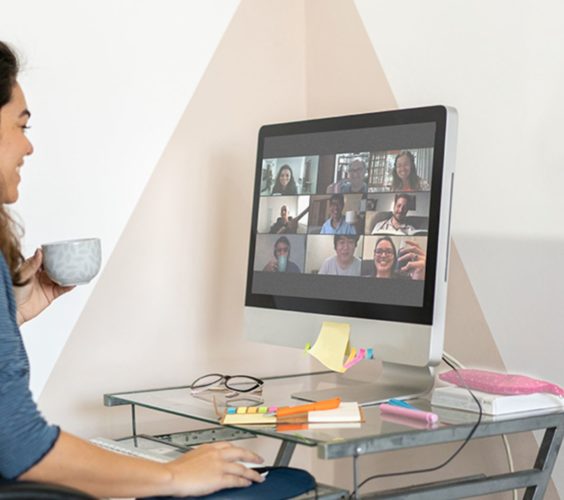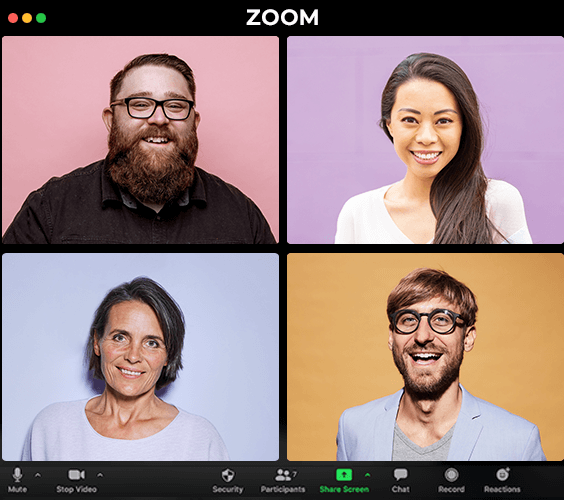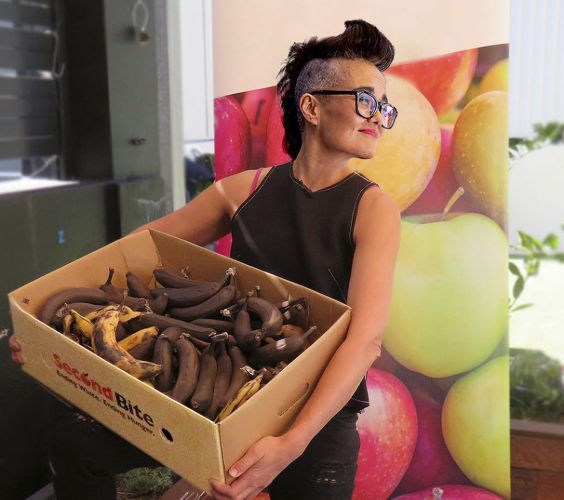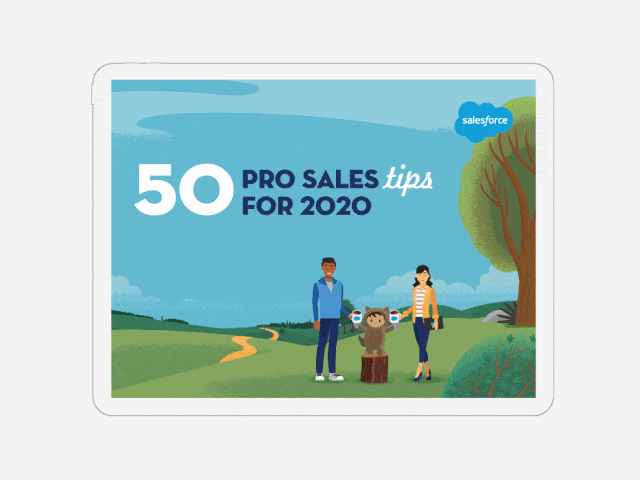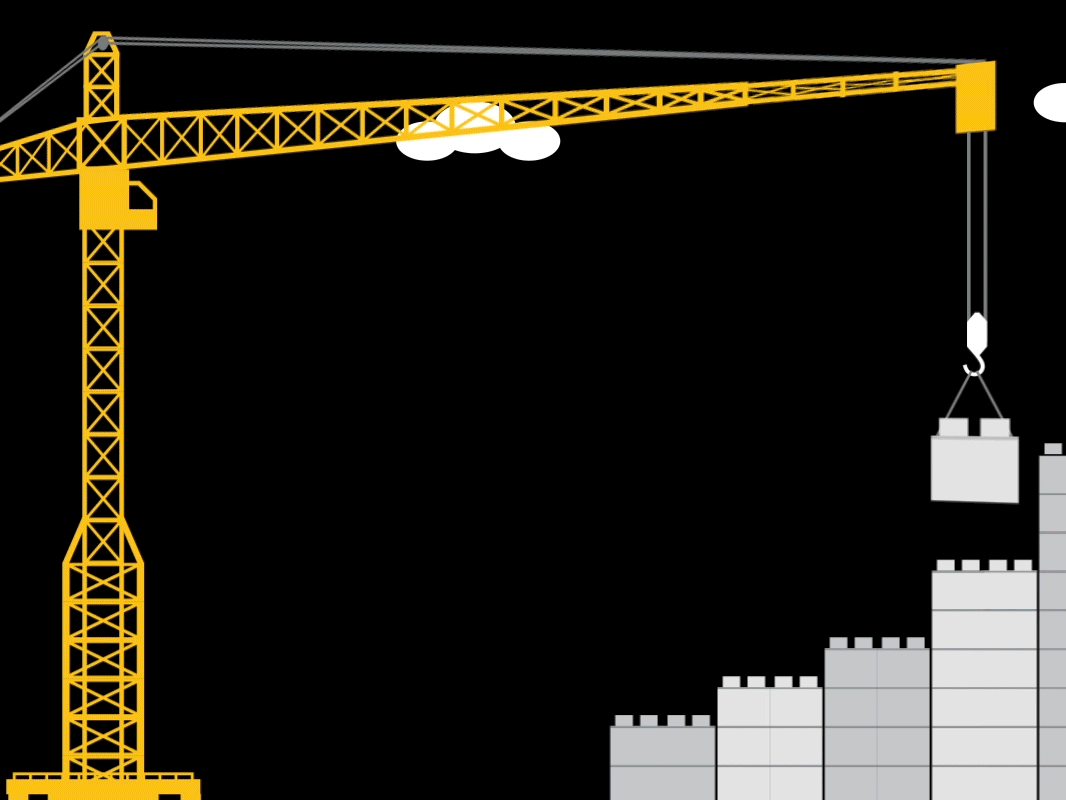
How to cut through the noise during a crisis
How do you continue to reach and engage your audience during the current pandemic? Mahlab’s Head of Communications, PR and Social, Lily Carlyon, explains brands need to go back to the fundamentals.
- Content creation, Working during COVID-19
- May 11, 2020
- Mahlab
How do you continue to reach and engage your audience during the current pandemic? Mahlab’s Head of Communications, PR and Social, Lily Carlyon, explains brands need to go back to the fundamentals.
Screen time. I’ve embraced it. Well, if I’m honest, it’s something that I’ve always been a bit of a fan of. But, now when Siri tells me my screen time is up on last week, I don’t feel shame. I feel justified, as it has become a legitimate evening and weekend activity.
And it’s not just me. Without people to see and places to go, people everywhere are spending more time in front of their computers, phones and tablets. Australia’s National Broadband Network (NBN) has seen a 25 per cent increase in evening use, as we video conference, stream or scroll at a time when we’d otherwise be out eating, drinking and socialising.
Our new isolation living arrangements mean that we’ve got the time and inclination to read, watch and participate in online events. This, in theory, is music to the ears of marketing and communications professionals. We’re talking to a captive audience that isn’t facing the distractions of normal life. But it’s a double edged sword, because every other news outlet, brand and organisation is talking to them too.
So how do you continue to reach and engage your audience at this time?
You need to cut through the noise with clear, useful, relevant and timely information. This is not a new concept. It’s something that publishers, content creators, public relations professionals and marketers have been doing for a long time.
But, when you’re in a world where major news is breaking so fast and everyone’s taking their marketing and communications activity online, being useful and speaking to your audiences through the right channels has never been more important.
Understand what your audience wants
During times of crisis, what is important to your audience will change. More often than not, people are looking for information that will help them get through the current situation in the best shape possible. Whether that’s a small business looking for guidance on how to manage cash flow or employees looking to understand tools and tips to stay connected, people are looking for useful advice.
The Pharmaceutical Society of Australia recognised this early on. When the pandemic hit, Australian Pharmacist shifted its focus to helping pharmacists navigate the challenges that this crisis is bringing to their profession.
And the audience has embraced it. Traffic to the website was up 125 per cent in March on the same time last year, and the average time on page has increased to a phenomenal 12 minutes.
It is not always easy to know what your audience wants in a time of massive change and you shouldn’t be afraid to ask. If you can, invest in a short survey to understand their challenges and get insight into where your brand or organisation can help.
If that’s not an option, post a poll on your social media channels or in an online forum where you know your audience is spending their time.
Understand what your audience doesn’t want
It’s also important to understand what your audience really doesn’t want to see at this time. Tone-deaf commentary will, at best, turn them off and, at worst, encourage them to criticise your brand online. We’ve seen the backlash that celebrities and influencers have received when complaining about being ‘cooped up’ in their 20-room mansions with only tennis courts and swimming pools for entertainment.
Make sure your marketing and communications don’t follow suit. Pause any activity that doesn’t take into account the current situation or that could be perceived to be benefitting from the crisis.
Understand how to reach your audience
You can create the most helpful, timely and interesting content in the world, but it’s no use if no one sees it. We’ve had a number of conversations with clients asking us if they should still be investing in paid content promotion at this time.
Our answer is absolutely. Without it, it’s hard to get time and attention with the people that you’re trying to reach.
Facebook, for example, shows only around six per cent of followers see the content that you post organically, and the number decreases for big brands. This means that amplifying content is a key part of having it seen by existing and new audiences. Platforms like Facebook are also currently experiencing a surge in traffic, but organisations are spending less on social advertising.
The result? Reaching your target audience on these channels costs less and you’re able to reach a bigger audience at the same cost, or reach your existing awareness or engagement goals with a smaller budget. If you can, it’s a great time to be investing in targeted amplification.
Our client Prospa is an excellent example. In mid-March we adjusted our content program to focus on information that small business owners needed to know in light of COVID-19. We then promoted this content across established social channels to ensure Prospa’s existing online community saw it.
The result was a spike in traffic to Prospa’s website and a cost per click for some of the content of less than 10 cents — the lowest that we had ever achieved with that client and significantly lower than the industry average of more than $1.20.
Understanding if and how to engage your audience in a time of crisis can be a challenge. You want to make sure that anything you do resonates, and that the effort you’re putting into your communications and marketing activities will be seen. Understanding what your audience wants and where they’re spending their time online is the place to start.

